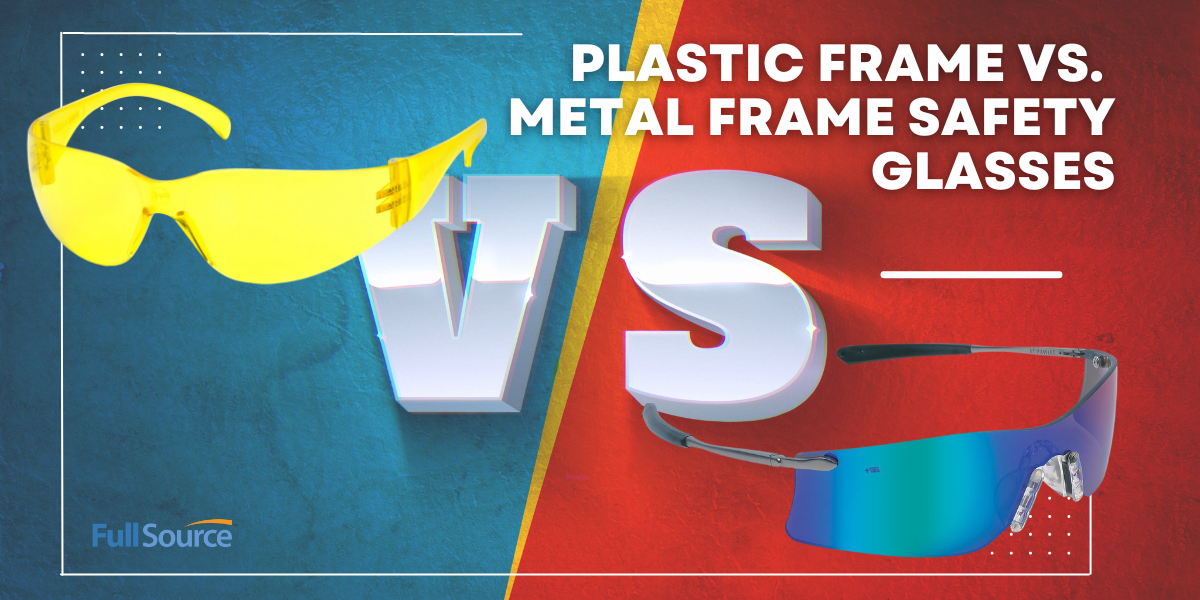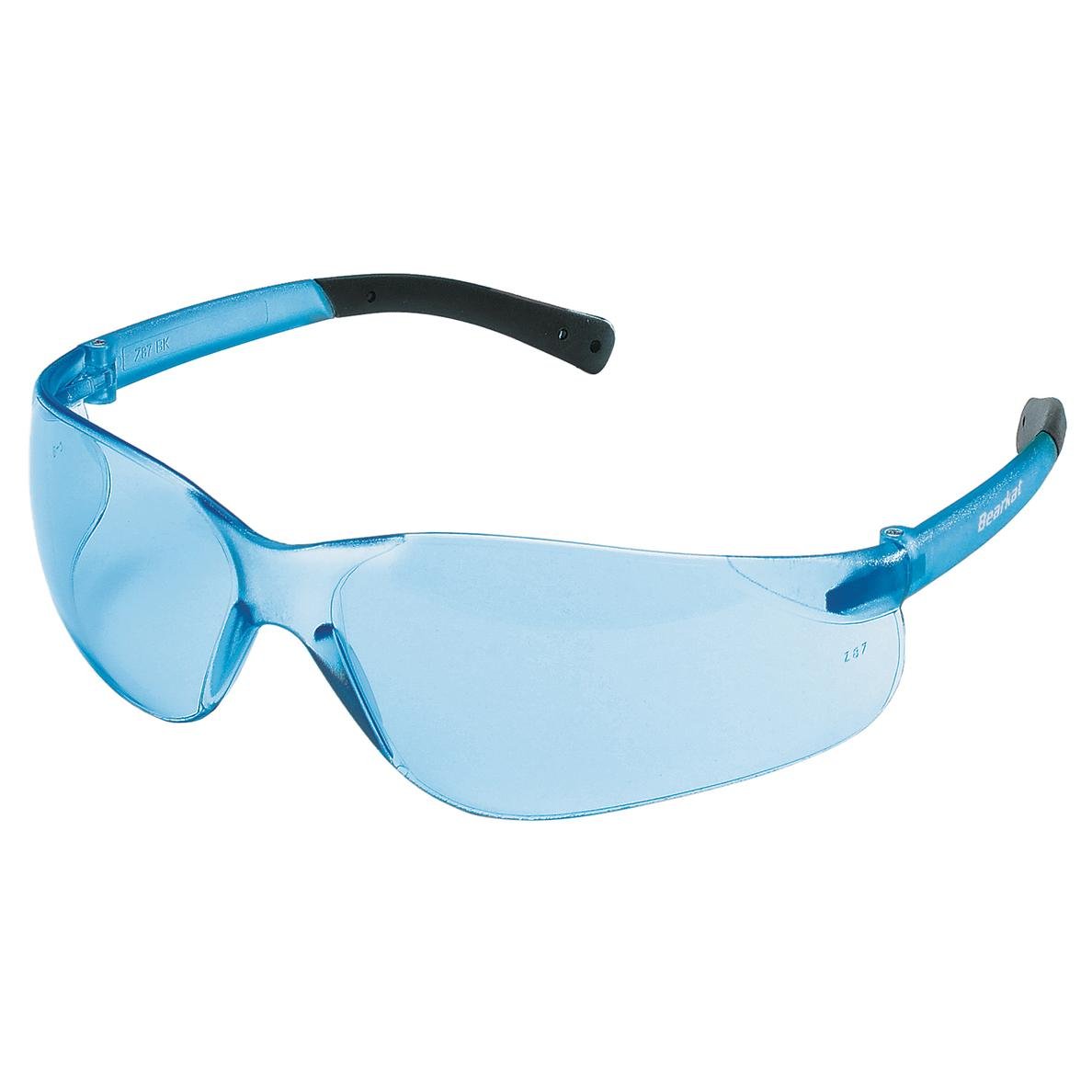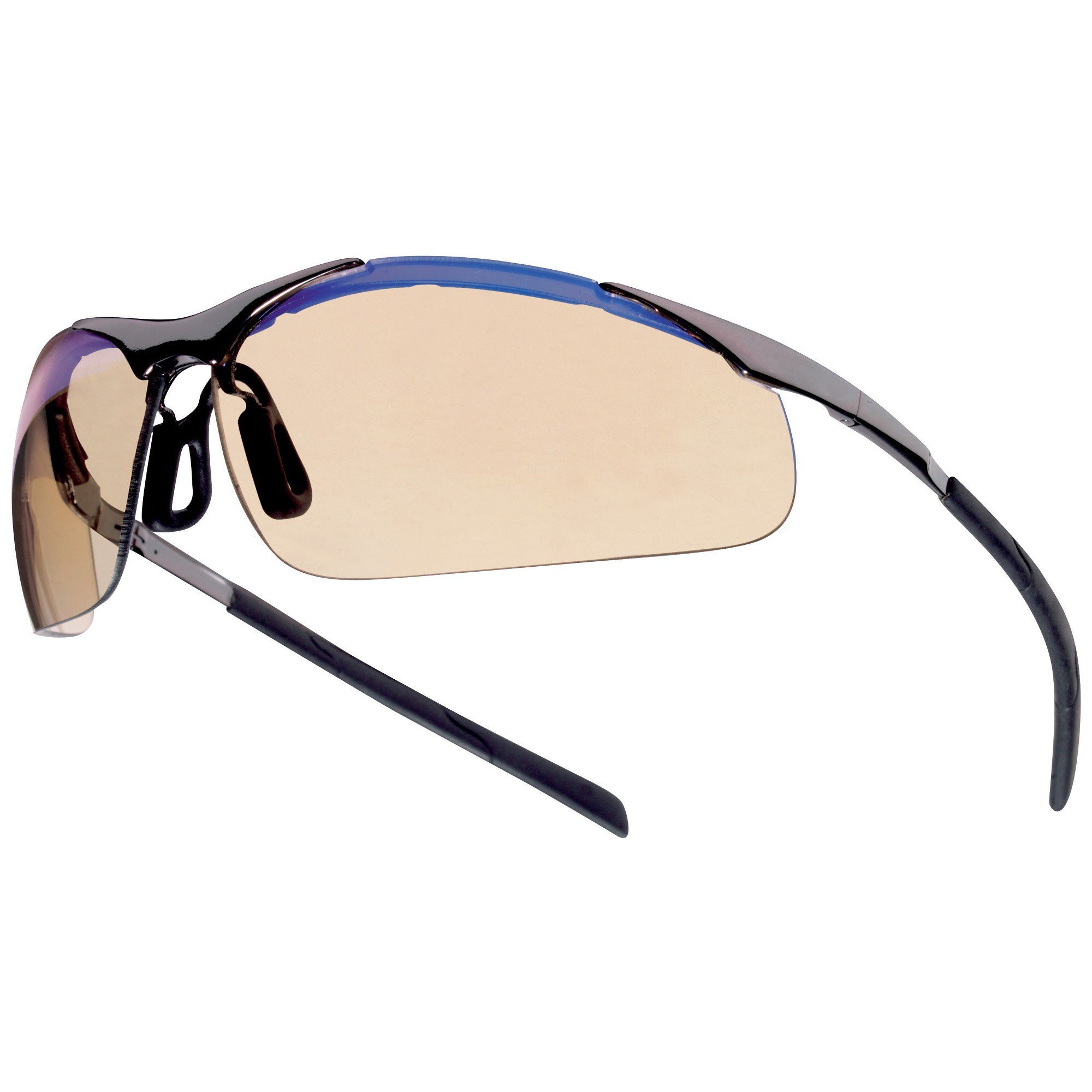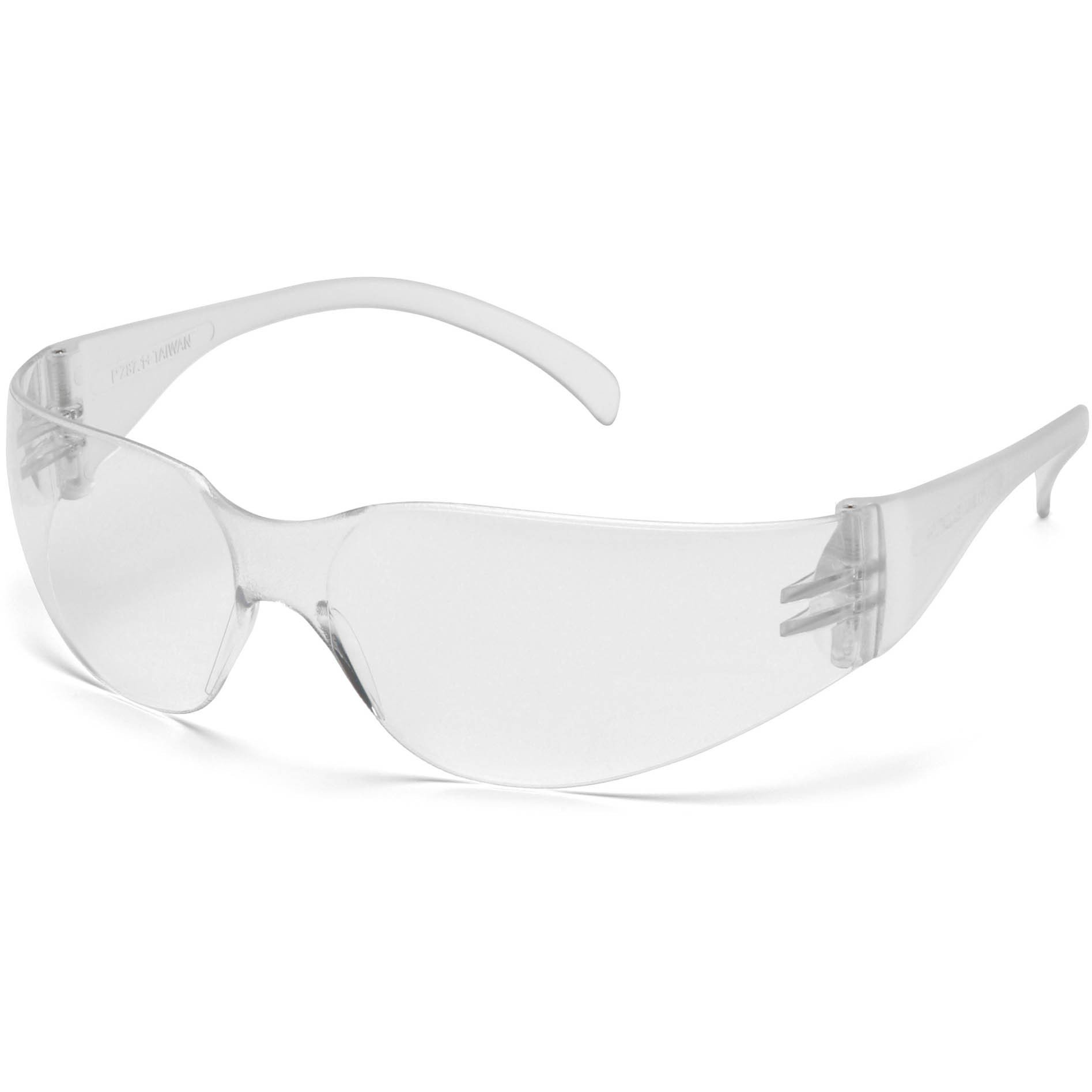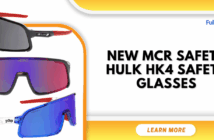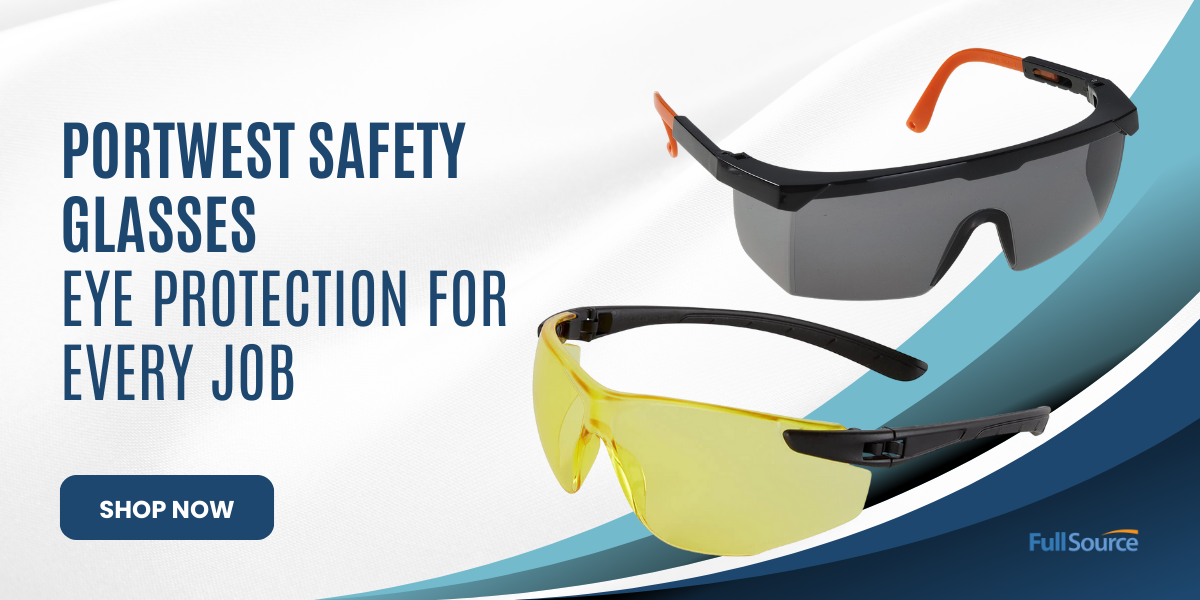Are you in the market for a new pair of safety glasses but find yourself torn between plastic and metal frames? Look no further! In this blog post, we will unravel the age-old debate and help you make an informed decision. Whether you’re a construction worker, DIY enthusiast, or just someone who wants to protect your eyes in style, it’s crucial to choose the right frame material. So sit back, relax, and let us guide you through the pros and cons of plastic versus metal frames – because your eye safety deserves nothing less than perfection!
Introduction to Safety Glasses
First of all, when it comes to safety glasses, there are two main types of frames: plastic and metal. Both have their own benefits and drawbacks, so it’s important to choose the right pair for your needs. Most of our best-selling brands like Bouton, MCR Safety, PIP, and CrossFire carry both frame options. And all of our safety glasses meet ANSI Z87.1 safety standards for the job site. Here’s a quick introduction to each type of frame:
Plastic Frames
Plastic frames are the most popular choice for safety glasses. They’re lightweight and comfortable to wear, and they’re often less expensive than metal frames. However, plastic frames can break more easily than metal frames, so they may not provide as much protection in some situations. And plastic frame safety glasses meet job-specific safety requirements where metal parts are not allowed. This includes food production and manufacturing facilities. The best-selling plastic frame safety glasses are the Full Source FS110UC-DZ Spinyback, Bouton 250-12 Lady Eva Readers, and the MCR Safety BK110 BearKat BK1.
Metal Frames
Metal frames are generally more durable than plastic frames, making them a good choice for people who need extra protection. However, metal frames can be heavy and uncomfortable to wear for long periods of time. And the same popular brands that offer plastic frame glasses offer metal frames as well. Select from brands like MCR Safety, Pyramex, Radians, and Bolle. The best selling metal frame safety glasses are the MCR Safety T411G Rubicon, the Pyramex SG310A, and the Bullhead BH24213 Acero.
Types of Frames: Plastic vs. Metal
While there are benefits to each style, which is best for you? Plastic frame safety glasses are often lighter and more comfortable, making them a popular choice for prolonged wear. They are also less conductive to heat and cold, ensuring consistent comfort in various environments. And they offer the largest selection of colors, sizes, and styles. However, they may not be as durable as their metal counterparts.
Furthermore, metal frame safety glasses, often made from rugged materials like stainless steel, offer superior durability and longevity. And some metal frame safety glasses like the Bolle 40074 Silium, use a nickel-free brass frame. This is then covered in a non-conductive coating for added safety. And metal frame safety glasses are more resistant to damage and deformity but may be heavier and less comfortable for extended wear. Moreover, metal frames can conduct heat and cold more readily, potentially causing discomfort in extreme conditions.
Pros and Cons of Plastic and Metal Frames
Both styles have their own pros and cons that you should consider before making a purchase. And this includes the following:
Plastic frames are often lighter and more comfortable to wear than metal frames. They also tend to be less expensive. However, plastic frames can break more easily than metal frames, and they may not provide as much protection from impact. The low cost of plastic frame safety glasses makes them an affordable option for keeping workers in production, warehouse, and manufacturing facilities safe. And they come in different lens options like anti-fog, mirror, and polarized. There are also styles for men and women.
Metal frames are usually stronger and more durable than plastic frames. They can also provide better protection from impact. However, metal frames can be heavier and less comfortable to wear, and they may be more expensive. There are also work environments where metal parts are not allowed. And there are often less styles to choose from. Metal frame safety glasses also come in different lens options including welding, indoor/outdoor, and mirror.
Tips for Choosing the Right Frame
When choosing safety glasses, it is important to consider the type of frame that will best suit your needs. Here are some tips for choosing the right frame:
– Consider the type of activity you will be using the glasses for. If you will be doing a lot of physical activity, plastic frames may be a better option as they are lighter and less likely to slip.
– If you wear prescription glasses, you may want to consider metal frames as they can accommodate most prescription lens types.
– Consider your budget. Metal frames tend to be more expensive than plastic frames.
– Keep in mind that both plastic and metal frames provide ANSI Z87.1-rated protection from impacts and debris. Ultimately, the decision comes down to personal preference.
Conclusion
In conclusion, choosing the right safety glasses for your needs is an important decision to make. Plastic and metal frames both have their advantages and disadvantages, so it’s up to you to decide which one is best suited for your specific situation. Make sure that you are aware of the features they offer before making a purchase so that you can ensure maximum protection while working with hazardous materials.

